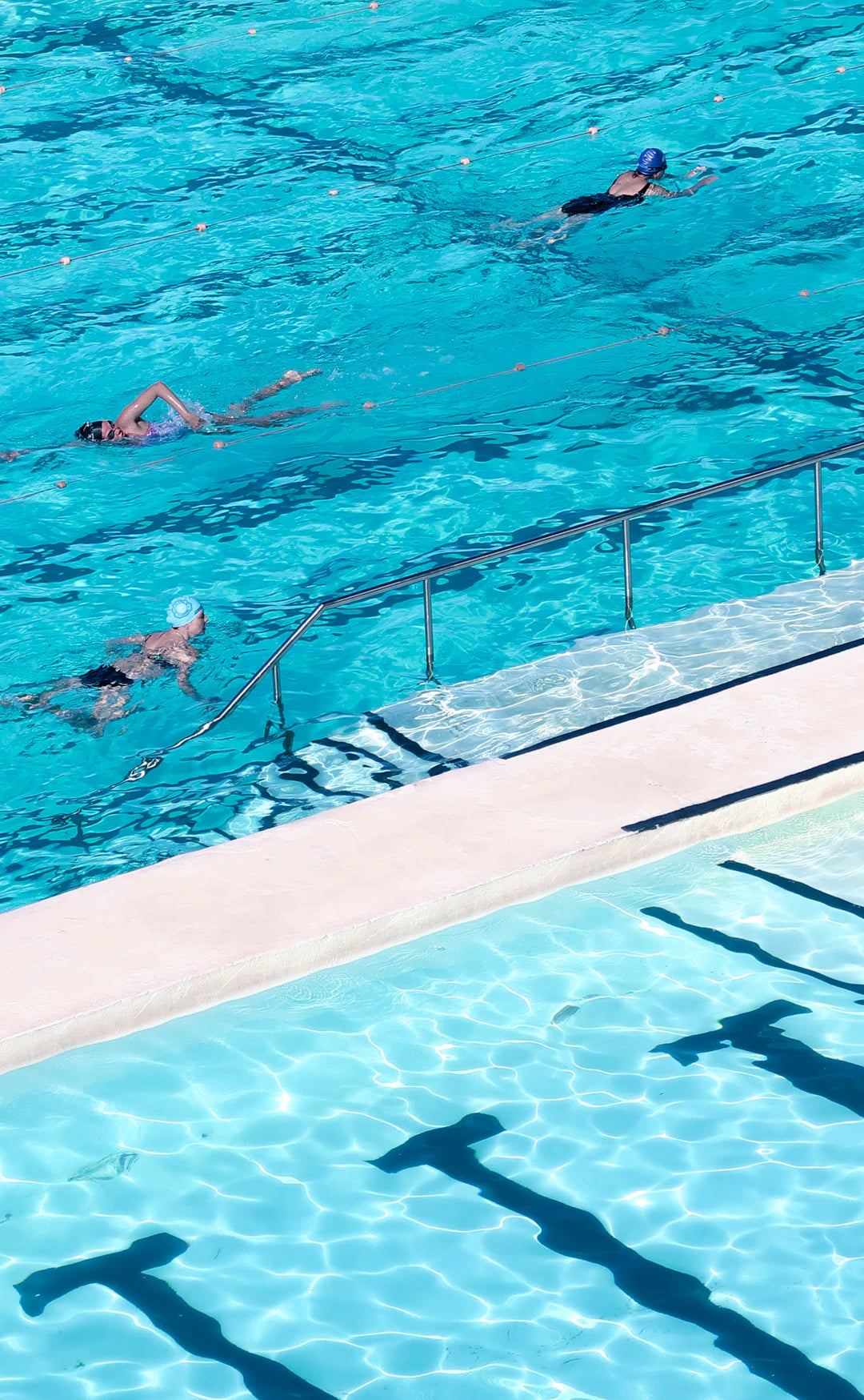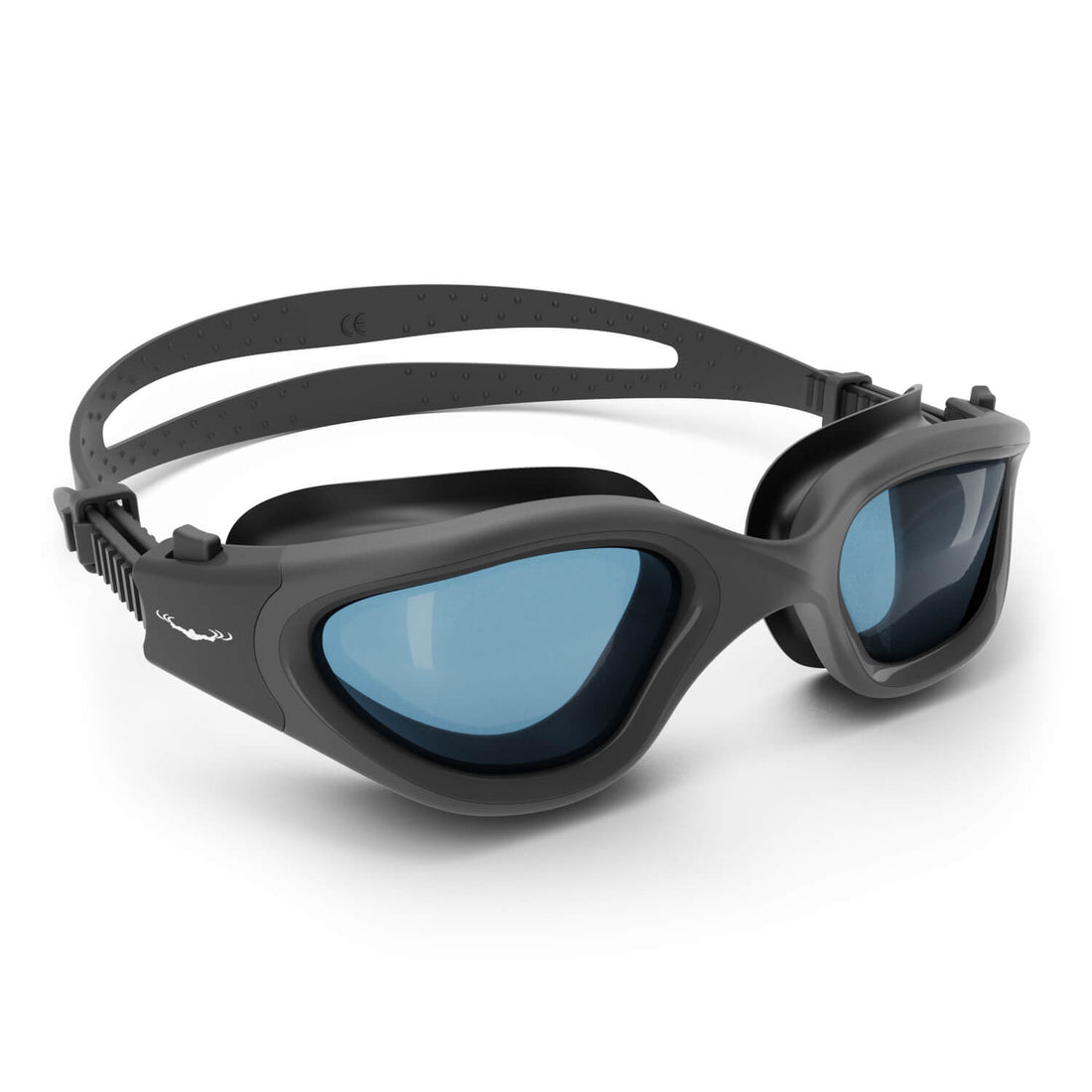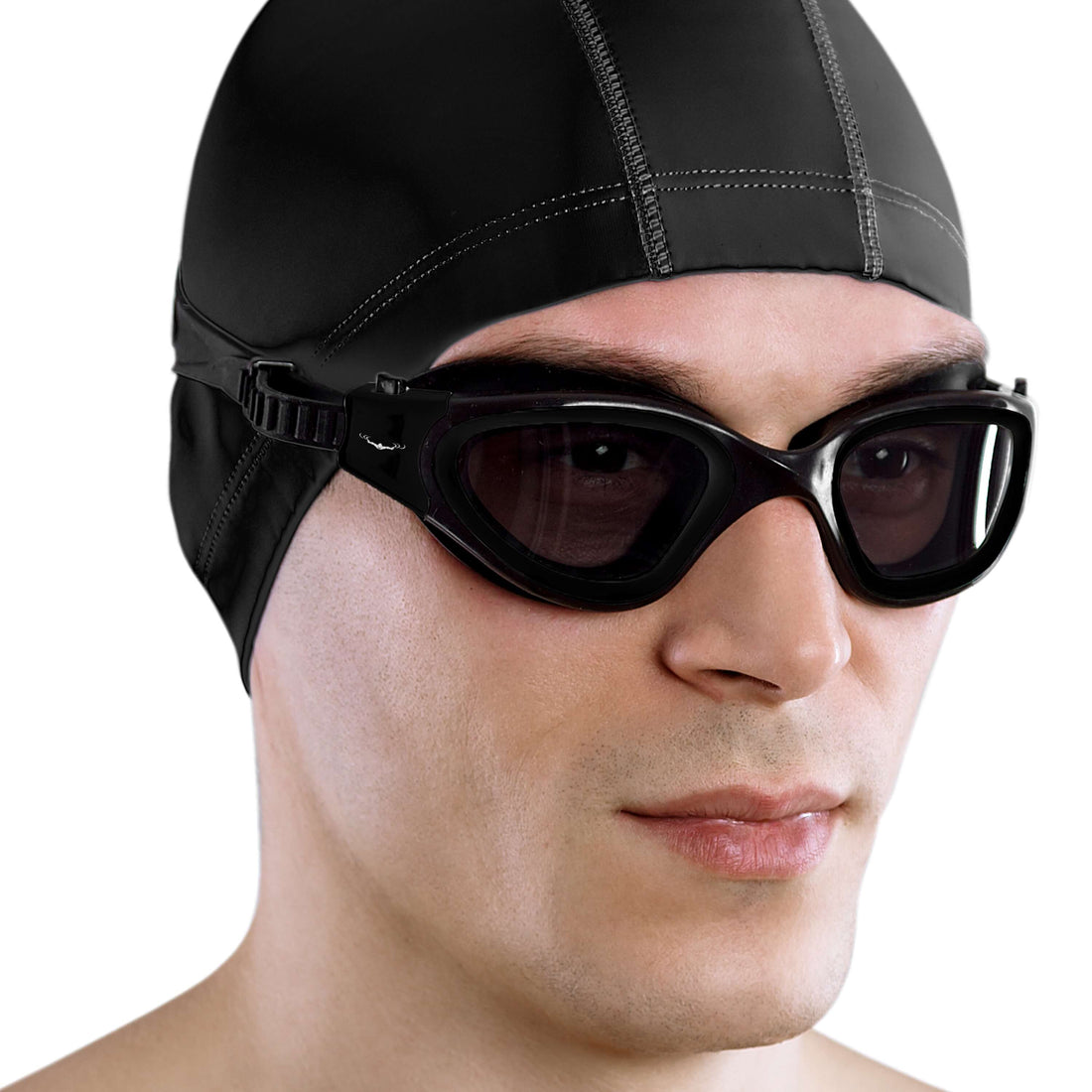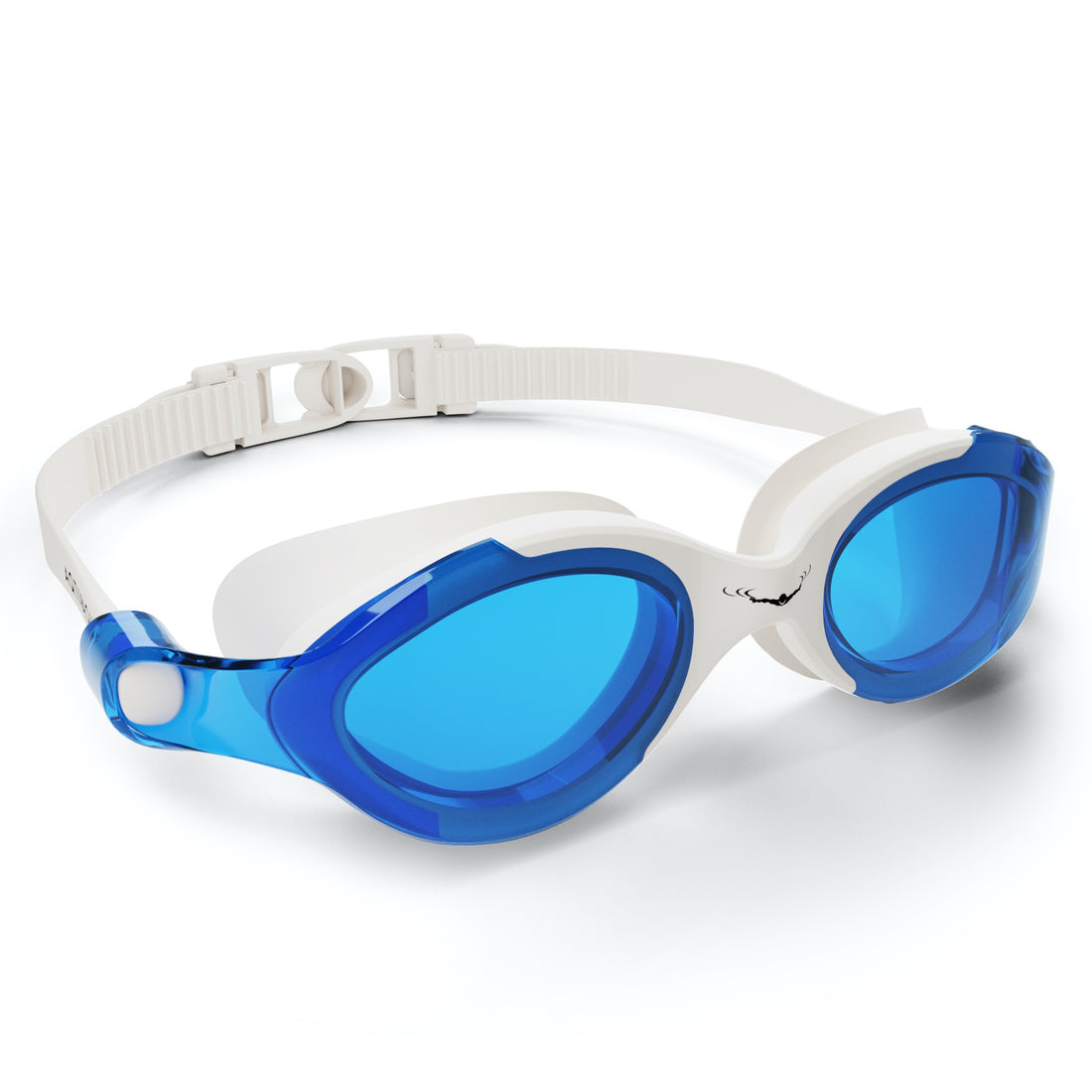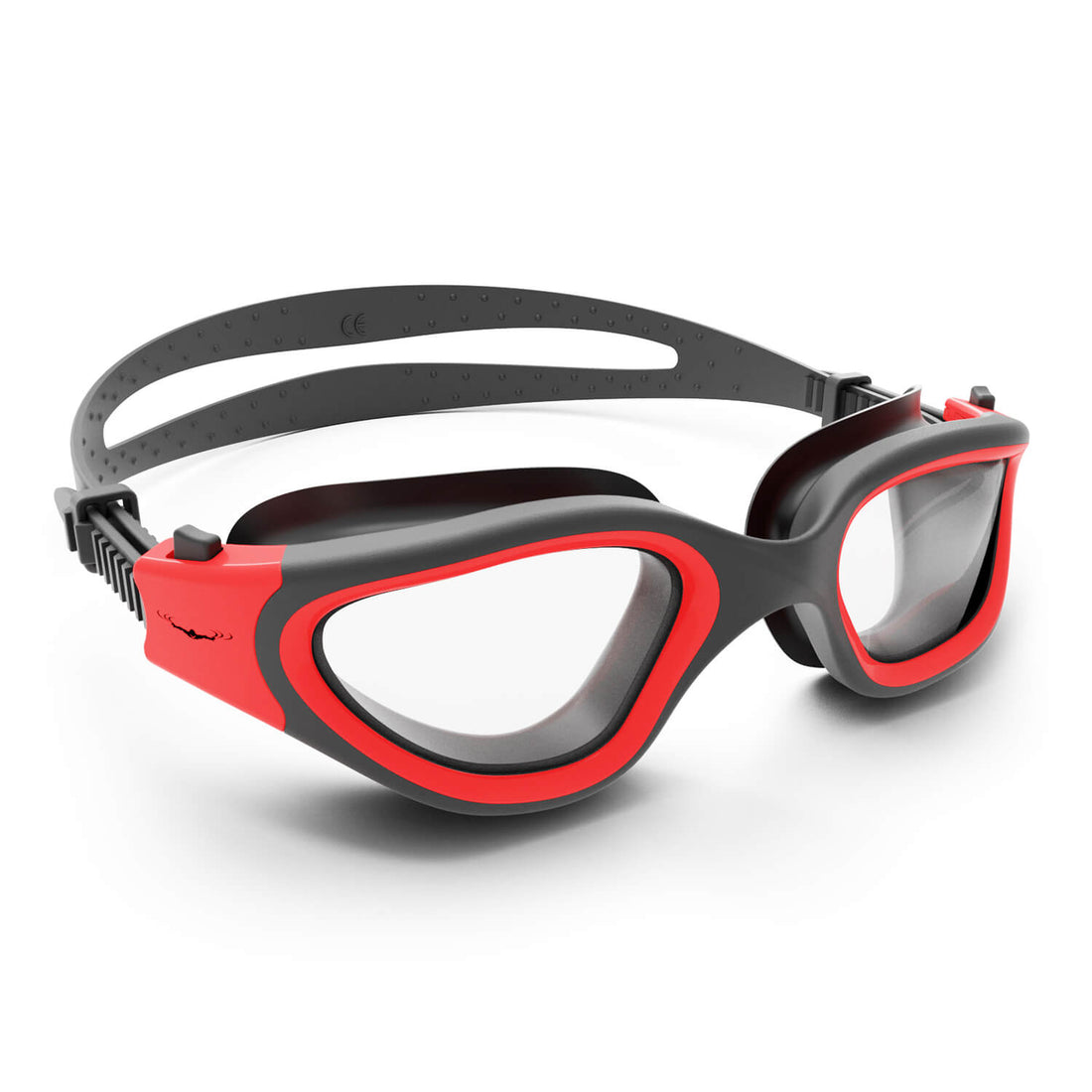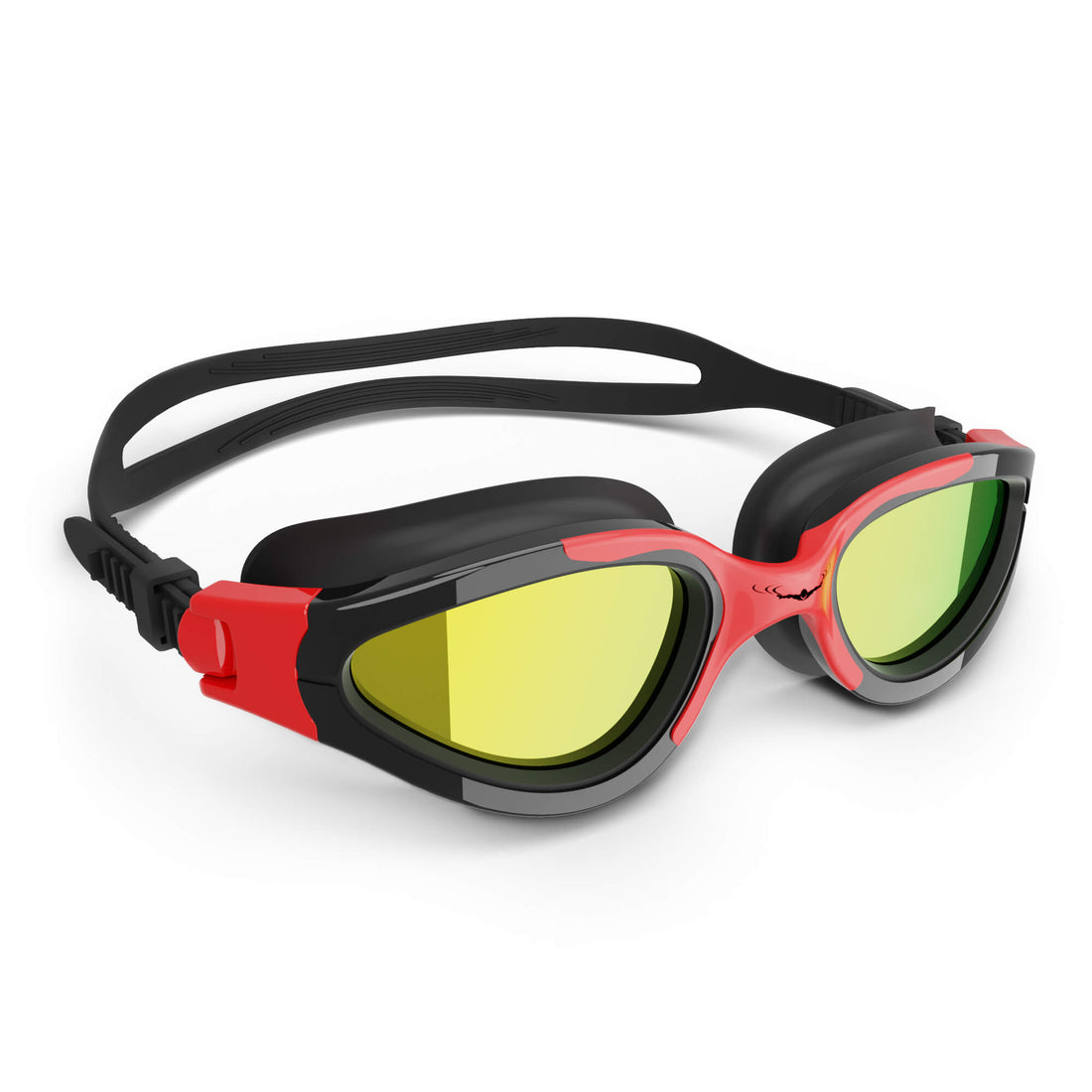Frequently Asked Questions
1. What are the therapeutic benefits of swimming in rehabilitation?
2. How does swimming contribute to emotional and mental wellness during rehabilitation?
3. What equipment is recommended for optimizing swimming in rehabilitation?
4. How should one incorporate swimming into a rehabilitation program?
5. What safety considerations should be taken when swimming for rehabilitation?
When it comes to physical rehabilitation and therapy, many practitioners and patients seek effective, low-impact activities that promote healing. Swimming emerges as one of the most beneficial options available. Not only does it offer a full-body workout, but it also eases stress on the joints and enhances cardiovascular health. This article will dive deep into the numerous advantages of using swimming as a prime component of rehabilitation and physical therapy. From the use of specialized gear like wide view swim goggles to choosing the right swimming caps, we’ll cover everything you need to get started.
The Therapeutic Benefits of Swimming
Swimming is known for its versatility and effectiveness, making it a favored choice among rehabilitation experts. Here are some of the key therapeutic benefits of swimming:
Low-Impact Exercise
One of the main advantages of swimming is that it provides a low-impact environment for exercise. The buoyancy of water supports the body, allowing individuals to engage in physical activity without placing excessive stress on their joints. This characteristic is especially important for those recovering from surgeries, injuries, or chronic pain conditions.
Enhanced Range of Motion
Water provides resistance that encourages a broader range of motion, improving flexibility and strength. As individuals swim, they utilize various muscle groups, promoting joint mobilization and reducing stiffness. This is particularly beneficial for those recovering from conditions like arthritis or after orthopedic surgeries where mobility is limited.
Improved Circulation
The feeling of weightlessness in water promotes blood circulation, essential for healing and recovery. Swimming can help reduce swelling and promote faster recovery by increasing the oxygen supply to damaged tissues. Engaging in swimming sessions regularly can lead to notable improvements in overall health.
Muscle Strength Development
While swimming can burn calories effectively, it also plays a significant role in muscle conditioning. The resistance that water provides makes swimming an excellent way to strengthen specific muscle groups without the risk of injury that may arise from using weights. Whether it’s using the arms, legs, or core, swimmers can develop muscle strength evenly across the body.
Emotional and Mental Wellness
Besides its physical benefits, swimming holds considerable advantages for mental and emotional health as well:
Stress Relief
Swimming can be an excellent outlet for stress relief. The soothing characteristics of water can calm the mind and create a sense of tranquility. Additionally, the rhythmic nature of swimming can improve mood and reduce feelings of anxiety. Incorporating swimming into a rehabilitation program can make the process more enjoyable and less daunting.
Boosting Self-Esteem
Rehabilitation often involves overcoming physical challenges. Swimming allows individuals to set personal goals, such as improving swim times or learning new strokes, which can help boost self-confidence. Additionally, the physical benefits achieved through swimming can improve body image and promote a positive mindset about fitness.
Equipment for Optimal Rehabilitation
While swimming itself is beneficial, the right equipment can enhance the experience even further. Consider the following essential items:
Wide View Swim Goggles
Clear vision underwater is crucial for swimmers, especially for those still adjusting to their physical capabilities during rehabilitation. Wide view swim goggles provide an expansive field of vision and help individuals stay focused on their stroke technique, thereby improving their overall swimming experience. Proper visibility can make a big difference in execution and motivation, particularly for those who may be apprehensive about swimming following an injury.
Swimming Caps
Swimming caps not only keep hair out of the face while swimming, but they also serve a functional purpose. By reducing water resistance, caps can help swimmers move more efficiently through the water. Moreover, wearing a cap protects hair from chlorine damage, which is beneficial for regular swimmers. For those in rehabilitation, a swimming cap can help foster a sense of belonging in the water, creating a positive association with their recovery journey.
Incorporating Swimming into Rehabilitation Programs
Now that we’ve established the myriad benefits of swimming, it’s essential to understand how to effectively incorporate swimming into a rehabilitation program.
Consult with Healthcare Professionals
Before starting any rehabilitation program, it’s imperative to consult with healthcare professionals. A physical therapist can assess individual needs and limitations, recommending tailored exercises and swimming routines that facilitate recovery.
Start Slowly
For those new to swimming or returning after a prolonged break, it’s crucial to start slowly. Begin with simple exercises, gradually increasing the intensity and duration as comfort levels rise. Tailoring swimming sessions to individual capabilities fosters a successful recovery experience.
Consistency is Key
To reap the maximum benefits of swimming, consistency is crucial. Ultimately, establishing a regular swimming routine can create positive associations with rehabilitation while ensuring continuous progress toward recovery goals.
Safety Considerations When Swimming for Rehabilitation
While swimming is generally safe for rehabilitation, being conscious of safety measures is essential:
Know Your Limits
It’s crucial to be aware of personal limits, particularly in a new environment or after an injury. Pushing too hard can lead to setbacks in recovery. Taking breaks and paying attention to any discomfort can help minimize risk.
Choose Appropriate Swimming Areas
When swimming, especially in public pools or lakes, ensure that the area is safe and well-maintained. It’s advisable to swim in places with lifeguards present, particularly for those still building confidence in their swimming skills.
Hydration is Important
Even though swimming is done in water, staying hydrated is essential. Dehydration can occur due to prolonged exercise, especially in warmer environments. Drinking water before and after swimming sessions can help maintain hydration levels and ensure optimal performance.
Making Swimming a Fun Part of Rehabilitation
Rehabilitation doesn’t need to be a dull or tedious process. Embrace swimming as a form of enjoyable therapy. Setting swimming goals, inviting friends or family to join for support, or even trying new strokes can keep the experience exciting.
Join a Swimming Group
Consider joining a local swimming group or class tailored to adults engaging in rehabilitation. This approach provides not just a sense of community but also accountability, making it easier and more enjoyable to stick to a routine while recovering.
Mix It Up
To keep swimming fresh, consider incorporating different swimming styles, such as freestyle, backstroke, or even aqua aerobics. Changing your routine prevents monotony and challenges different muscle groups, enhancing recovery in a fun way.
Final Thoughts on Swimming for Rehabilitation
Swimming is a powerful tool for rehabilitation and physical therapy, offering numerous benefits that enhance physical and mental well-being. From its ability to reduce stress on joints to its contribution to improved cardiovascular health, swimming can make a significant impact on recovery journeys. With proper guidance and a willingness to embrace water, individuals can transform their rehabilitation experiences into engaging adventures filled with joy and progress. Dive into the world of swimming to unlock the key to revitalizing your health and spirit!
Explore the world of another Shopify or Wix store owner. Visit their captivating online store. Keep in mind that this is a promotional link, and we are not responsible for the content of the linked store.


